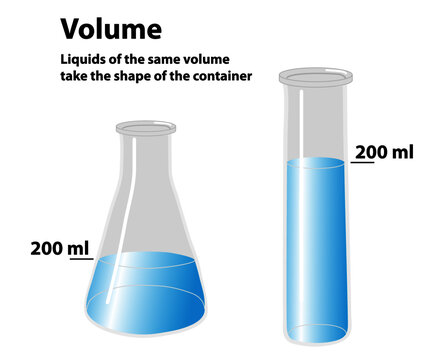What kind of information can you get from the precipitation weather map?
Where it is likely to be raining or snowing.
What two quantities are discussed when thinking about Charles's Law?
Volume and Temperature
What is the density of water? (Include the units)
1.0 g/mL
What is absolute zero?
The temperature when all particle movement stops.
What do we do at the beginning and end of every class period?
The B Page
How are the precipitation maps related to the cloud coverage maps?
The precipitation occurs where the clouds are.
What happens to the volume of a gas when the temperature of it is increased?
It also increases
How do you calculate density?
Divide mass by volume
About what temperature does a gas need to be for it to not occupy any volume?
approximately -220 degrees C
Say any true statement involving weather maps.
Answers may vary**
How is the weather north of the jet stream different than the weather south of the jet stream?
The weather north of the jet stream is colder.
If a Birthday balloon has a proportionality constant of 1.0 mL/K and a Valentine's day balloon has a proportionality constant of 2.0 mL/K, which one would fill up faster? **Double points for explaining why**
The Valentines day balloon because the gas will expand twice as much as the birthday balloon will.
If you had a graph of mass vs. volume, what would the slope represent?
Density
What is absolute zero equal to in degrees C?
-273 degrees C
How were the hot balloon and cold balloon models similar in our demonstration activity?
They both had particles in the flask/balloon and movement was shown for each particle.
Name a weather pattern that is associated with H's on a map.
H's are generally clear skies. OR
H's are present around where fronts meet
What happens to the motion of gas particles when temperature is decreased?
The particles slow down (or lose energy)
How is the height in a container related to it's volume?
As height increases, volume increases
How many degrees C is something at 300 K?
27 degrees C
How were the hot balloon and cold balloon models different in our demonstration activity?
They were opposites of each other. The hot balloon expanded over time while the cold balloon deflated over time.
Describe what the weather is like in the Pacific Northwest region on the map provided on Lesson 49.
Generally cold with chances of precipitation
A balloon originally had a volume of 500 mL at 500 K. How much volume would the balloon have if the temperature decreased to 300 K?
300 mL (this keeps the proportionality constant the same)
Which container below would have a higher measurement of water if the volume in both containers is the same? 
The one on the right.
Which air is denser? 10 degrees C or 4 degrees C?
Explain why.
4 degrees C is more dense because at colder temperatures, the same mass of air would occupy a lower volume.
Which pop figure is Mr. Chance's favorite one? **3 acceptable answers**
Zoro from One Piece
Legolas from Lord of the Rings
Naruto from Naruto